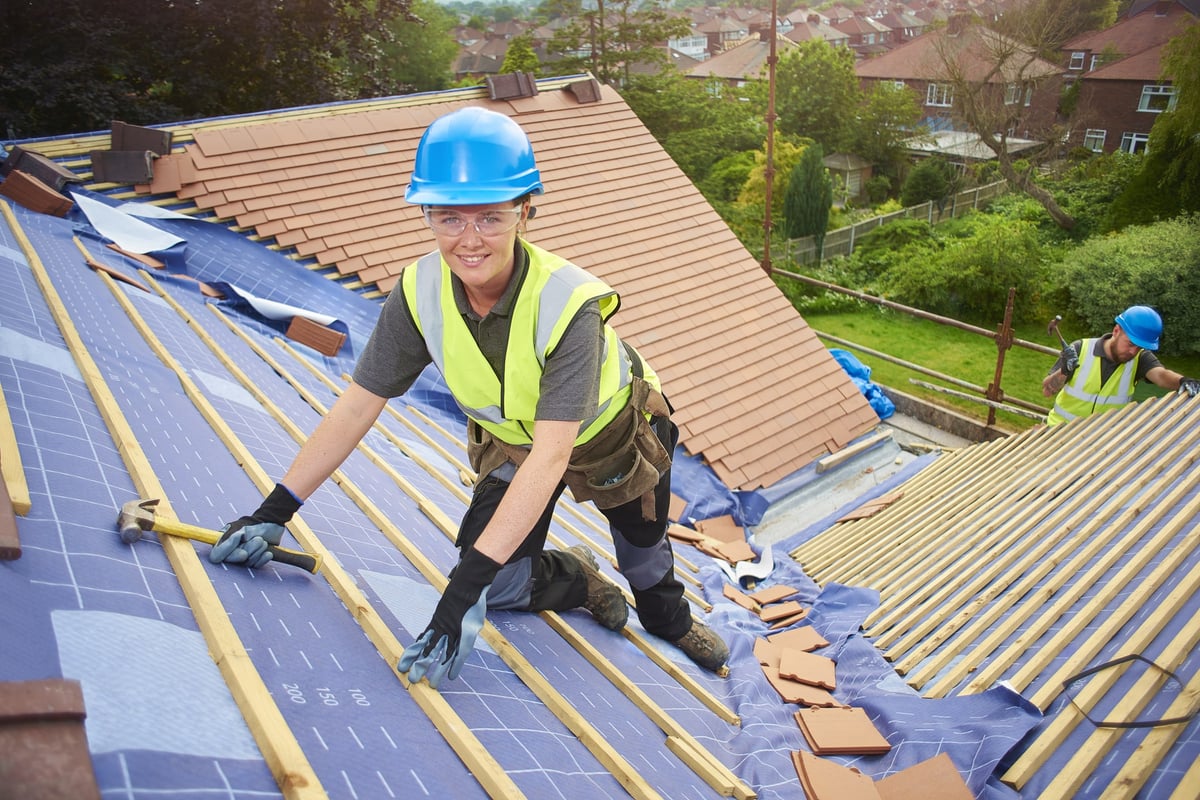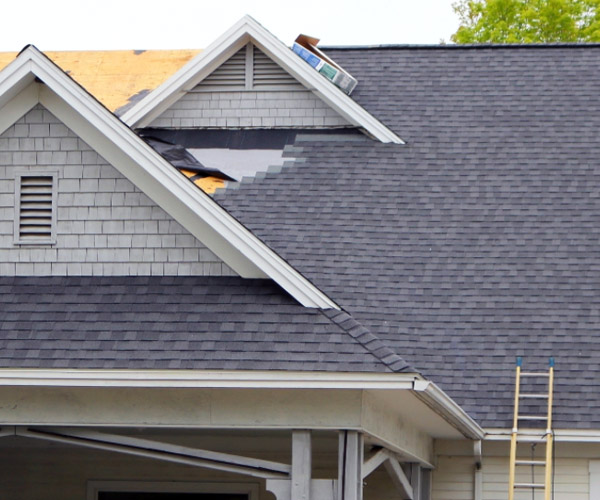Exactly How to Evaluate Different Roofing Options for Your Building Demands
Evaluating roofing options for your building needs a thorough approach that considers numerous variables such as the planned usage of the framework, local climate problems, and product qualities. It is important to consider the benefits and drawbacks of different roofing kinds, from asphalt tiles to steel and clay floor tiles, while also considering first costs and long-term upkeep. Furthermore, recognizing power performance and visual allure can affect your choice. As you contemplate these considerations, one concern remains: which elements will eventually assist your option for a sustainable and visually pleasing roof solution?
Evaluating Your Building's Demands
To effectively examine roof options, start by thoroughly examining your building's needs. Beginning by thinking about the structure's planned use, as different structures may require varying roof covering specs. Residential roofing systems often prioritize looks and insulation, while business buildings might focus on toughness and load-bearing capacity.
Following, evaluate the local climate conditions that will certainly affect roof efficiency. Elements such as temperature level changes, precipitation levels, and wind patterns can affect product option and design. A roof that stands out in a warm environment may not perform as well in locations vulnerable to heavy snowfall or severe heat.
Furthermore, evaluate the architectural stability of your building. Guarantee that the existing framework can sustain the chosen roofing products, especially if taking into consideration much heavier choices. It is additionally crucial to evaluate any kind of regional structure codes or policies that may dictate details requirements for roofing systems.

Contrasting Roof Covering Materials
When an extensive assessment of your building's needs has been finished, the following step includes comparing various roof products. Each product supplies unique advantages and drawbacks, making it important to straighten your choice with your certain requirements and situations.
Asphalt shingles are widely acknowledged for their affordability and ease of installation, making them a prominent choice for residential structures. On the various other hand, metal roofing, understood for its resilience and longevity, can endure harsh weather problems yet might include a higher first financial investment.
Clay and concrete ceramic tiles offer excellent thermal insulation and visual charm, especially for Mediterranean-style design, yet they require an even more robust architectural support as a result of their weight. Wood trembles deal an all-natural appearance and great insulation homes yet may require much more upkeep and are susceptible to fire risks.
Assessing Cost and Budget Plan
Evaluating your roof covering alternatives requires a cautious evaluation of price and budget considerations. The total spending plan for a roof covering project makes up numerous elements, consisting of material expenses, labor expenditures, upkeep, and prospective lasting savings. It is important to establish a clear spending plan prior to discovering particular roofing products, as this will certainly direct the decision-making process and assist you stay clear of overspending.
Begin by acquiring quotes from numerous contractors to understand labor expenses in your area. Make certain that these price quotes include all required services, such as removal of the old roofing system, installation, and any type of added attributes, like insulation or air flow improvements - Perrysburg Roofer. Next, analyze the cost of various roof products, thinking about both preliminary setup costs and expected lifespan

Understanding Power Performance
Energy efficiency plays an essential duty in the selection of roofing materials and systems, substantially affecting both power consumption and overall comfort within a structure. A well-chosen roof covering can boost thermal efficiency, decreasing the demand for home heating and cooling down systems, which subsequently reduces power costs and lessens ecological effect.
When evaluating roof alternatives, consider products that reflect instead than absorb warmth. In addition, proper insulation and air see this here flow are essential to enhance the energy efficiency of the whole roofing system.
An additional crucial factor is the roof system's longevity and upkeep demands. Sturdy materials that require much less frequent substitute add to long-lasting energy financial savings. Moreover, the energy efficiency of a roofing system can likewise be assessed with its compliance with well established sustainability ratings such as ENERGY CELEBRITY or LEED.
Taking Into Consideration Visual Appeal
A roofing system's visual charm dramatically affects the total appearance of a building, enhancing its architectural style and improving curb allure. Roofer. When examining roof covering alternatives, it is crucial to take into consideration how the selected product, color, and layout will certainly harmonize with the existing structure and area. A properly designed roof can elevate even the simplest of buildings, transforming them right into aesthetic prime focus
Various roofing materials offer numerous visual qualities. For instance, typical shingles might evoke a timeless appeal, while steel roof covering can present a modern-day, sleek appearance. Furthermore, the color of the roofing material plays an important function; lighter shades can make a structure show up more spacious, while darker tones might create a cozier ambiance.
Moreover, building elements, such as dormers and eaves, can boost the roof's aesthetic influence. It is a good idea to consult with expert designers or architects to make certain the chosen roof choice lines up hop over to here with the overall layout intent. Inevitably, a roof covering needs to not only provide functional advantages yet also add favorably to the structure's visual, mirroring the proprietor's taste and the character of the surrounding environment.
Final thought

 Taran Noah Smith Then & Now!
Taran Noah Smith Then & Now! Alicia Silverstone Then & Now!
Alicia Silverstone Then & Now! Hallie Eisenberg Then & Now!
Hallie Eisenberg Then & Now! Freddie Prinze Jr. Then & Now!
Freddie Prinze Jr. Then & Now! Tina Majorino Then & Now!
Tina Majorino Then & Now!